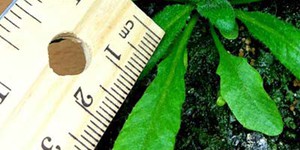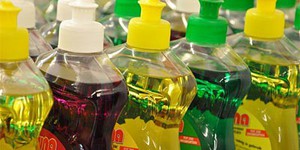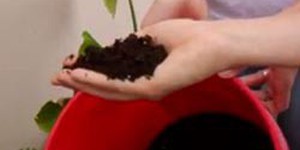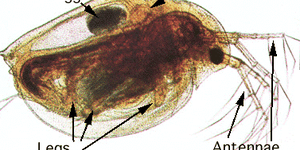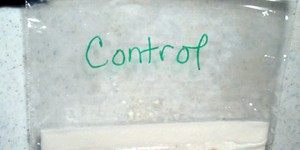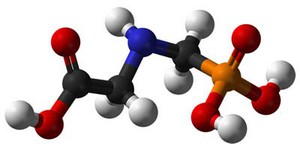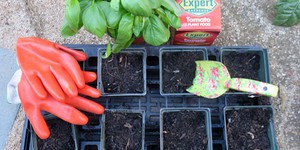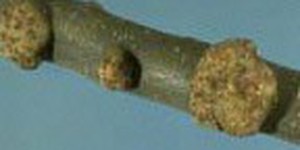Others Like “Toxic Trees: Just How Toxic is That Black Walnut Tree?” (top 20 results)
|
Have you ever wondered why a plant that grows well in one environment may not survive in a different environment? For example, plants that grow well in a wet jungle would probably not do so well in a dry desert, lacking enough water. This is because plants have adapted to their specific environment. Some plants have even adapted to tolerate chemicals that would usually be toxic, such as various heavy metals. In this plant biology science project, you will investigate whether different…
Read more
There is strong interest in "going green," including using products that cause less environmental damage when they are disposed of. In this environmental sciences project, you will compare the toxicity of "green" and conventional liquid detergents using worms as test organisms.
Read more
Every day farmers around the world apply commercial fertilizer to their fruits and vegetables to improve plant health and yield. But applying commercial fertilizer is expensive and not economically possible for some farmers in developing countries. What if they could find a way to fertilize plants cheaply? It turns out that human urine is rich in the nutrients that plants need to grow. Could urine serve as a fertilizer substitute? Find out for yourself in this plant growth science project.
Read more
One way to test for the presence of toxic compounds in a water sample is a bioassay. In a bioassay, a living organism serves as a detector for toxins—the same way canaries were used in coal mines to detect invisible toxic gases. In this project, water fleas (Daphnia magna), a freshwater crustacean, are used in a bioassay to monitor water quality. Many variations of this experiment are possible.
Read more
Farmers face a variety of challenges in their efforts to grow crops. One of the chief challenges is the presence of unwanted plants (weeds) that compete with the crop plants for water, nutrients, and light. If the weeds are not suppressed, they can reduce or completely eliminate the amount of food derived from the crop at harvest. In this biotechnology and plant science fair project, you will simulate the competition between crop plants and weeds, and determine whether the use of an herbicide,…
Read more
Hydrogen peroxide (often used as a disinfectant) has also been approved for use in pesticides. This science fair project investigates whether hydrogen peroxide has any effects on seed germination or on roots of plant cuttings.
Read more
Farmers are constantly battling various types of weeds that compete with the crops they are trying to grow. One of the tools they use to combat unwanted plants is a chemical called glyphosate. Glyphosate is the active ingredient in Roundup, a widely used weed killer. In this plant biology science fair project, you will explore the factors that affect the activity of glyphosate.
Read more
Plants need nitrogen to grow healthy stems and leaves. Although nitrogen is the most abundant element in the air we breathe, that form of nitrogen cannot be used by plants. Nitrogen contained in fertilizer, on the other hand, is readily taken up by plants. In this experiment, you will compare plants grown without nitrogen fertilizer to plants grown with nitrogen fertilizer.
Read more
Divide a part of your garden into two equal plots, with each plot receiving equal amounts of sun. Cover one plot with two inches of organic mulch, such as compost or ground bark. Leave the other plot uncovered. Use the same amount of water for each plot for two or three weeks. At the beginning of the experiment, and at one-week intervals, dig down and check the soil in each plot for moisture content. Which plot holds water better? Which plot shows better plant growth? (McCausland, 2006)
Read more
Crown gall is a plant disease caused by the soil bacterium Agrobacterium tumefaciens. This project uses tomato plants to investigate whether garlic extract can prevent crown gall infection.
Read more
|
Explore Our Science Videos
DIY Rainbow Candy
Fun Physics with Your Cell Phone
Shrink a Potato with Osmosis – STEM activity


